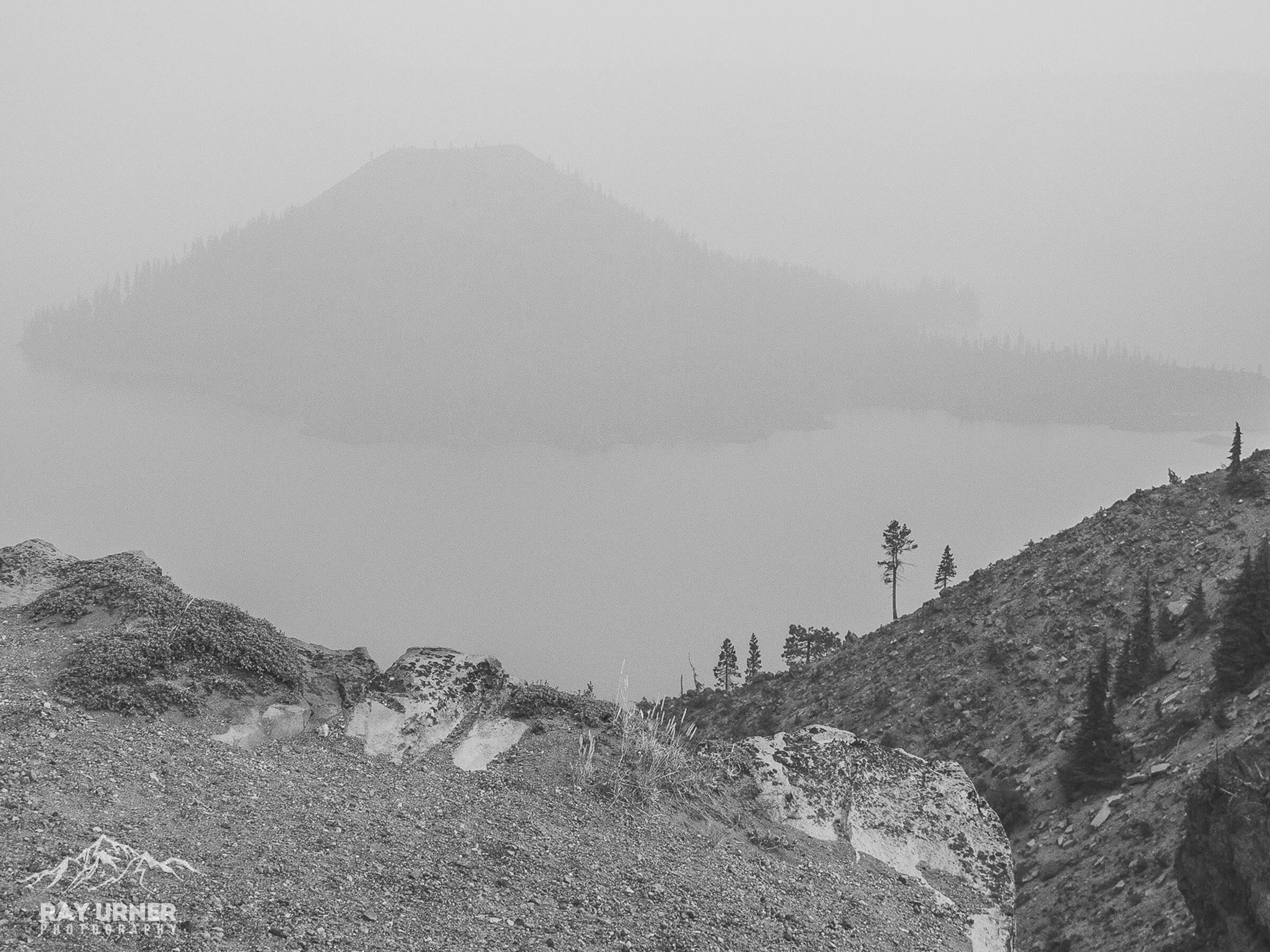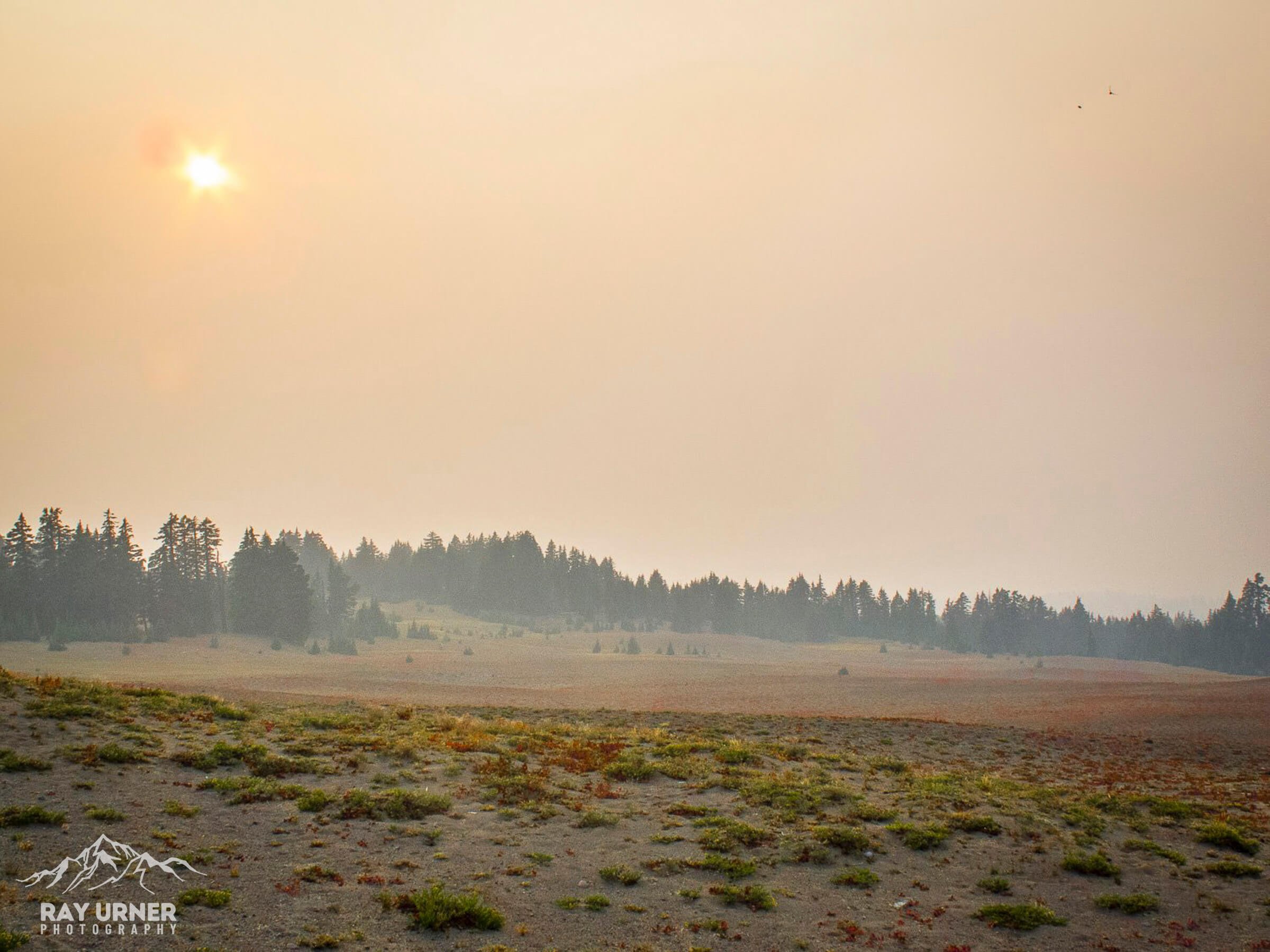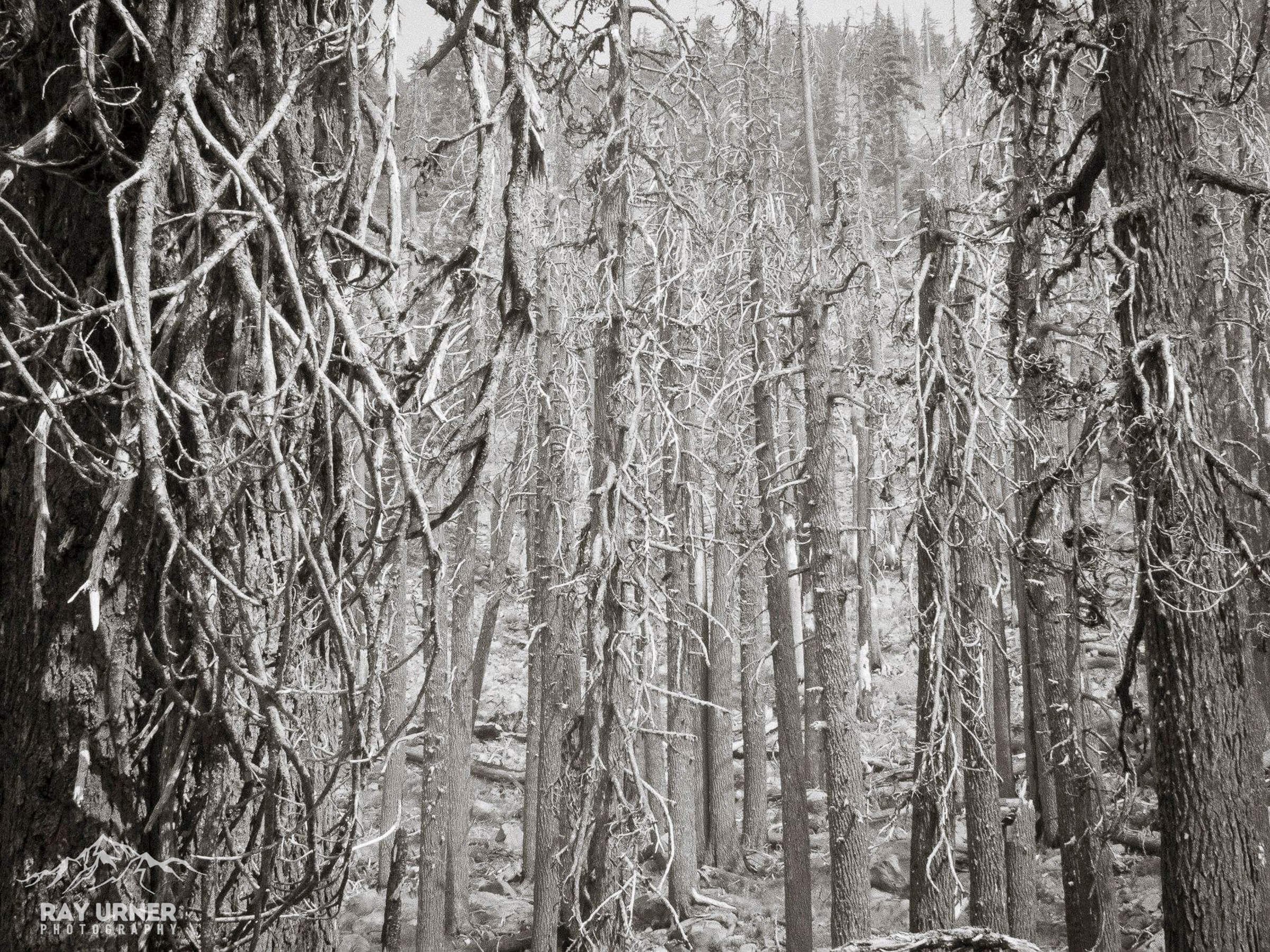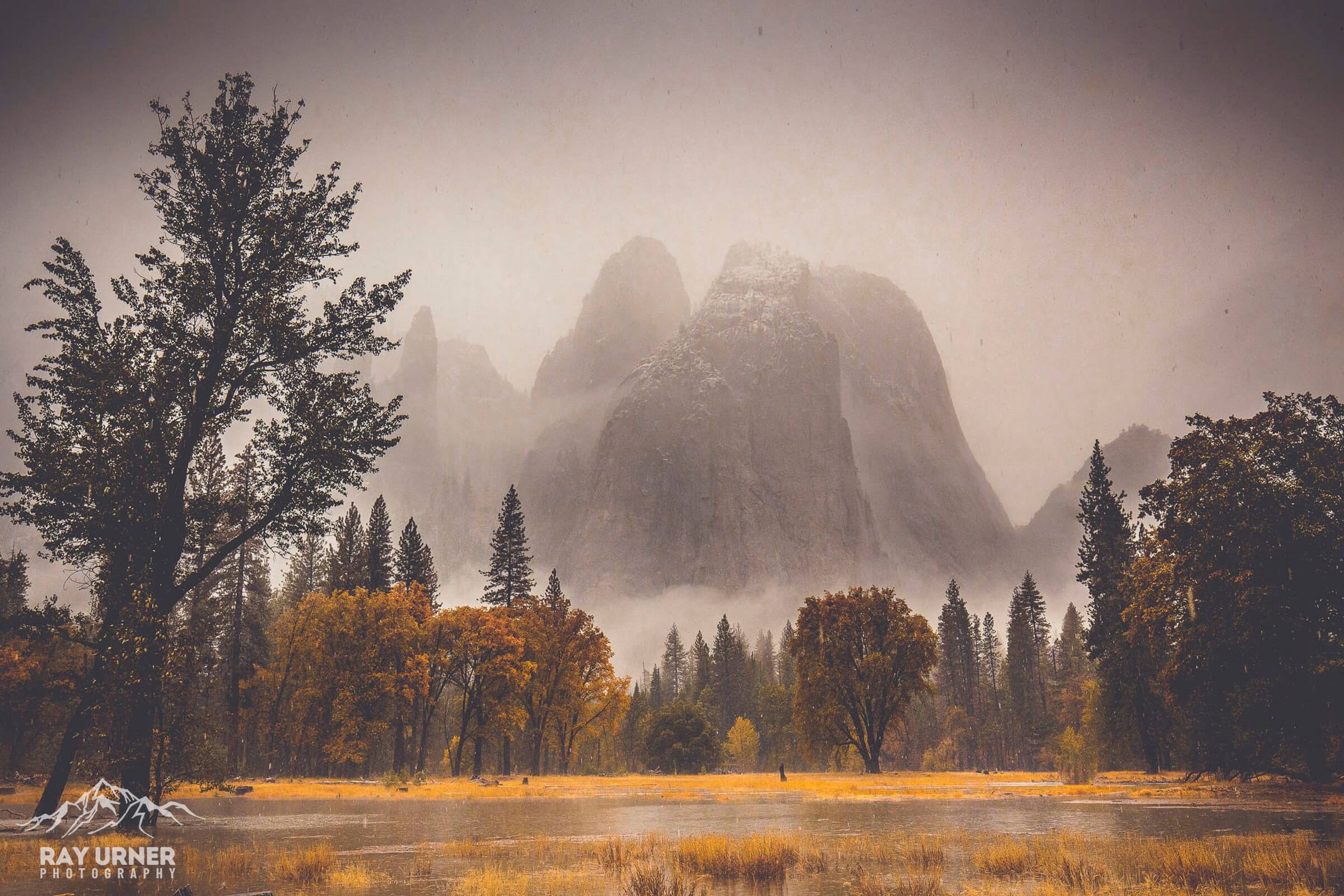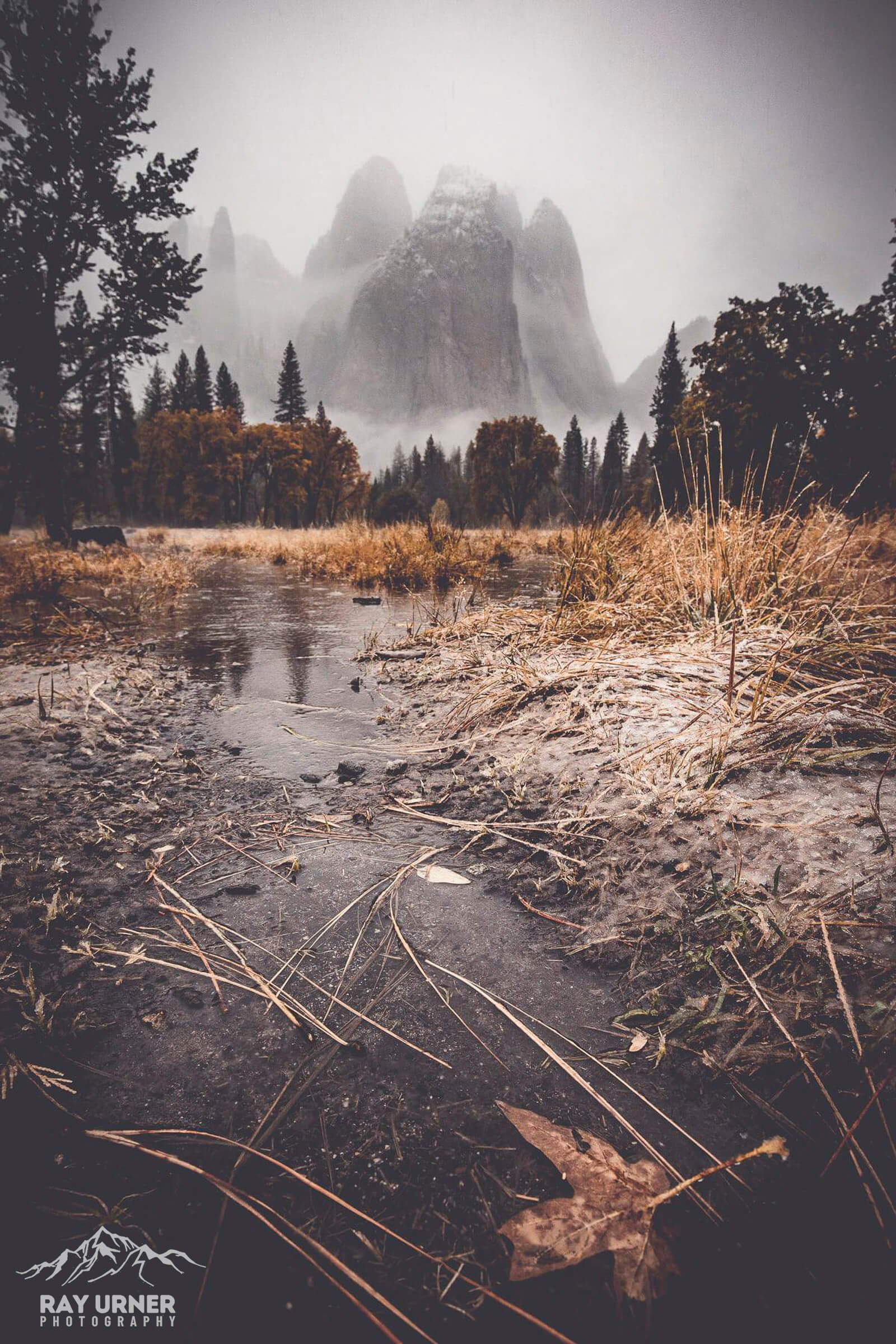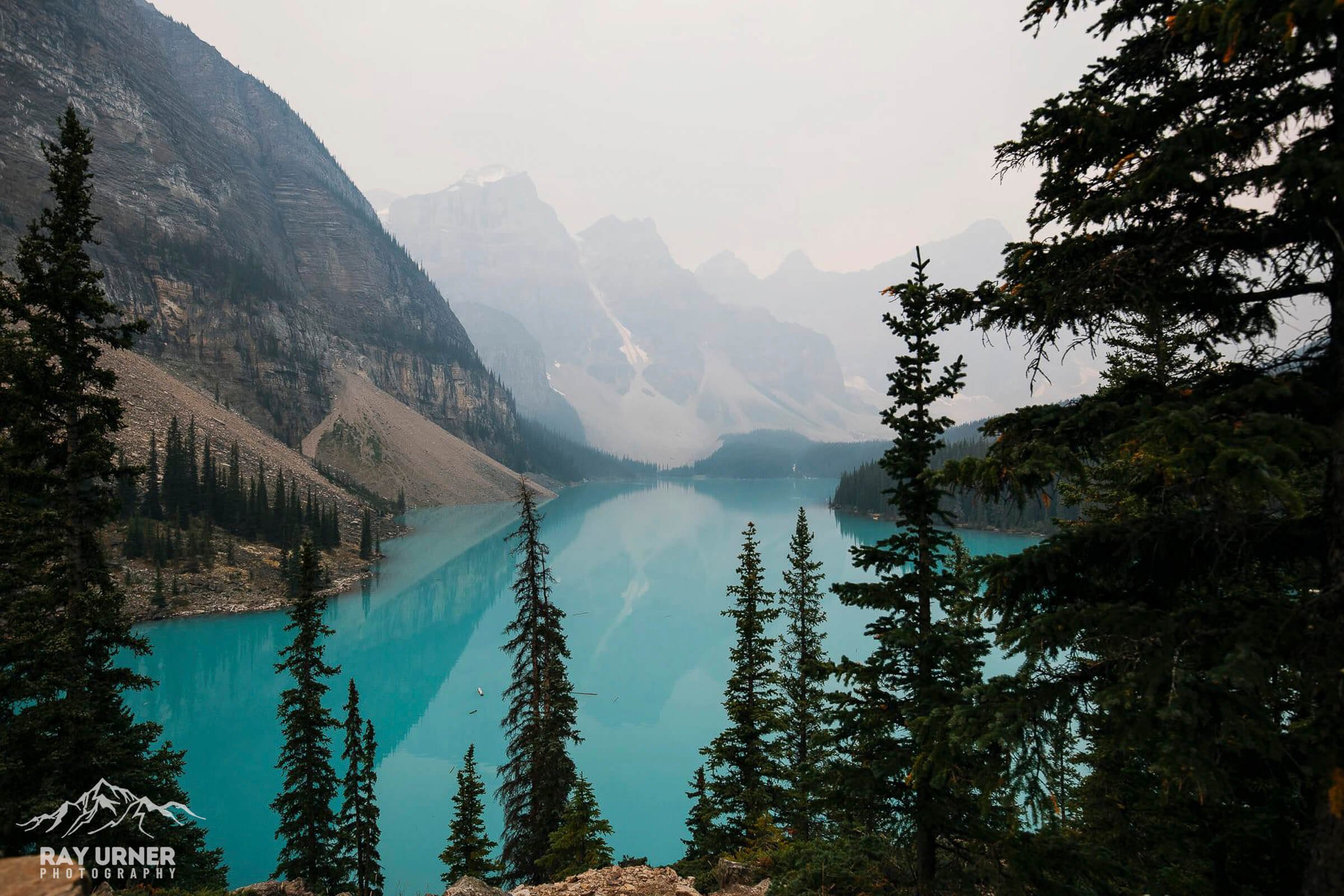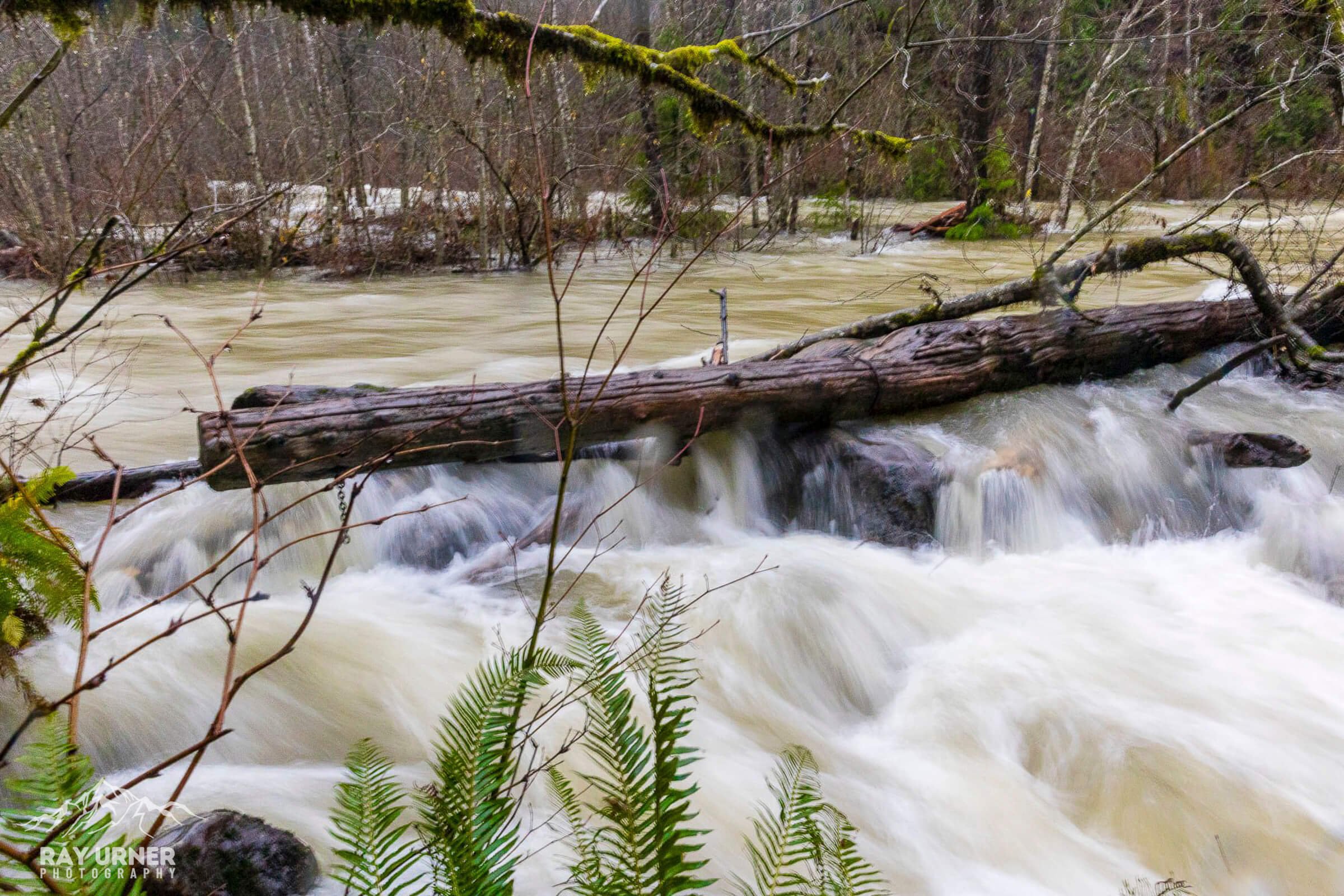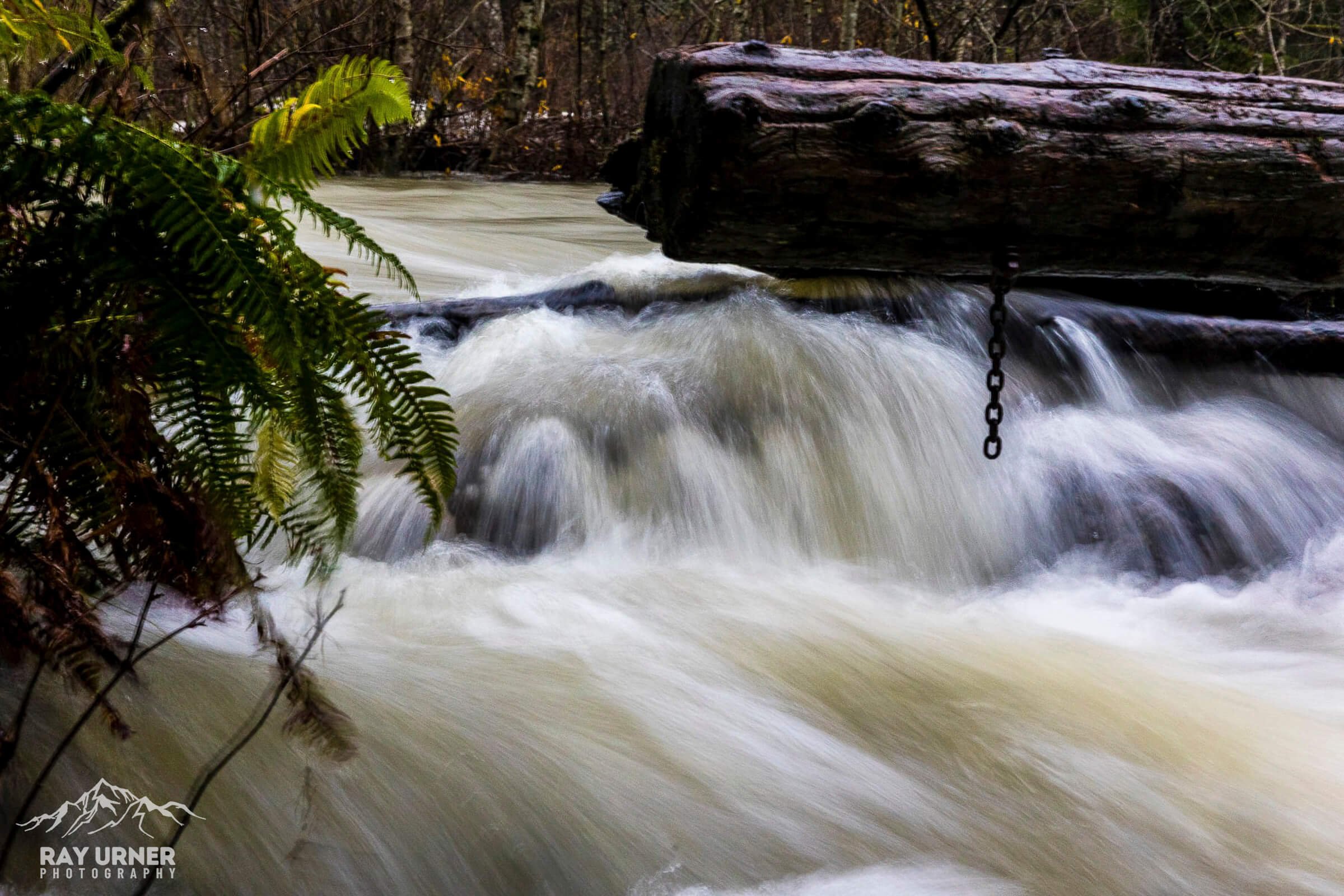Earth Day 2024 - The Evidence of Climate Change
In the realm of nature photography, the lens often serves as a window into the world's most breathtaking landscapes and ecosystems. Yet, behind every stunning image lies a story, and increasingly, that story is intertwined with the profound effects of climate change.
Climate change is not merely altering temperature patterns or sea levels; it's reshaping the very landscapes and habitats that photographers seek to capture. In honor of Earth Day, here's how climate change is influencing nature photography:
Changing Landscapes: One of the most visible impacts of climate change is the alteration of landscapes. Glaciers are receding, once lush forests are experiencing drought-induced die-offs, and coastlines are eroding due to rising sea levels. For nature photographers, this means the subjects they have spent years capturing may no longer exist in the same form. The urgency to document these changes becomes paramount, serving as a visual record of the Earth's transformation.
Species Migration and Disruption: As temperatures shift and habitats become inhospitable, many species are on the move, seeking more suitable environments. For photographers, this can present both challenges and opportunities. They may have to adapt their techniques to capture elusive species in new locations, while also documenting the disruption and potential loss of biodiversity.
Extreme Weather Events: Climate change is intensifying extreme weather events, from hurricanes to wildfires. While these events pose risks to photographers themselves, they also offer a chance to document the immediate and often devastating impacts on natural landscapes. These images can serve as a powerful reminder of the consequences of inaction on climate change.
Seasonal Shifts and Phenology: Climate change is altering the timing of seasonal events, such as blooming flowers and migrating birds. For photographers who rely on capturing these moments, this can disrupt long-established rhythms and require a rethinking of when and where to shoot. Additionally, documenting these shifts can provide valuable data for scientists studying the impacts of climate change on ecosystems.
Raising Awareness and Advocacy: Perhaps the most significant role of nature photography in the face of climate change is its ability to raise awareness and inspire action. Through compelling images, photographers can convey the beauty of the natural world and the urgent need to protect it. Whether it's through exhibitions, books, or social media, photographers play a crucial role in engaging the public and policymakers in the fight against climate change.
As you can see, climate change is fundamentally altering the landscapes, species, and seasonal rhythms that nature photographers seek to capture. Yet, amidst these changes lies an opportunity for photographers to document the profound impacts of climate change and advocate for the preservation of our planet's natural wonders. As stewards of both art and the environment, nature photographers have a unique role to play in shaping our collective response to this global challenge.
Here are a few examples from some of my favorite places over the years:
Crater Lake National Park, Oregon
Here is beautiful, crystal blue Crater Lake in the midst of a devastating wildfire that impacted virtually all of the western states and provinces.
Oregon Coast
The photo is on Rockaway Beach, just south of Cannon Beach in Oregon. A very smoky sunrise!
Yosemite National Park, California
These images from Yosemite National Park were taken on the last day of the devastating cyclone bomb of 2021.
Moraine Lake, Alberta
The jewel of the Canadian Rockies, Moraine Lake, in a brutal wildfire.
Coquitlam River, British Columbia
The overflowing Coquitlam River in Coquitlam BC during an atmospheric river event.
Now, how can we all help safeguard the planet for future generations?
Reduce Your Carbon Footprint: Start by assessing your personal carbon footprint and take steps to reduce it. This can include driving less, using public transportation, carpooling, biking, or walking whenever possible. Additionally, consider energy-efficient upgrades to your home, such as installing LED light bulbs, improving insulation, and using programmable thermostats.
Conserve Energy: Be mindful of your energy consumption habits. Turn off lights and appliances when not in use, unplug electronics that are not in use to avoid "phantom" energy consumption, and opt for energy-efficient appliances when making purchasing decisions.
Switch to Renewable Energy: Consider switching to renewable energy sources such as solar or wind power for your home electricity needs. Many utility companies offer green energy options that allow you to support renewable energy production.
Reduce, Reuse, Recycle: Embrace the principles of reduce, reuse, and recycle in your daily life. Minimize waste by choosing products with minimal packaging, opting for reusable items such as water bottles and shopping bags, and recycling materials whenever possible.
Support Sustainable Practices: Support businesses and organizations that prioritize sustainability and environmentally friendly practices. This can include choosing sustainably sourced products, supporting local farmers and businesses, and advocating for sustainable practices in your community.
Advocate for Change: Use your voice to advocate for policies and initiatives that address climate change at the local, national, and global levels. Contact elected officials, participate in community organizing efforts, and support organizations working on climate advocacy and environmental justice.
Educate Yourself and Others: Stay informed about the latest developments in climate science and policy, and share your knowledge with others. Engage in conversations with friends, family, and colleagues about the importance of addressing climate change and the actions individuals can take to make a difference.
Support Conservation Efforts: Contribute to conservation efforts aimed at protecting ecosystems, biodiversity, and natural habitats. This can include volunteering with local environmental organizations, supporting conservation initiatives financially, or participating in citizen science projects.
Reduce Meat Consumption: Animal agriculture is a significant contributor to greenhouse gas emissions. Consider reducing your meat consumption or choosing plant-based alternatives more frequently to lessen your environmental impact.
Vote with the Environment in Mind: Use your voting power to support candidates and policies that prioritize environmental protection, sustainability, and climate action. Research candidates' positions on climate issues and vote for those who demonstrate a commitment to addressing climate change.

